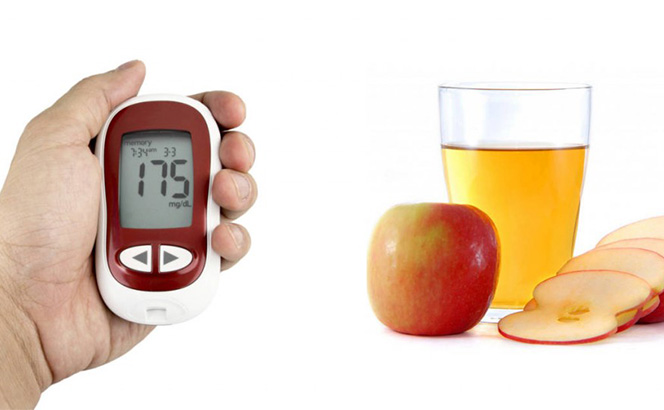In the United States alone, health authorities estimate that up to 2.2 million individuals are living with chronic hepatitis B. It is regarded as major global health-related concern, making it one of the most common infectious diseases known to man ever.
Simply put, hepatitis B is an infection of the liver. Since your liver is a vital organ, the infectious disease could easily lead to disastrous results such cirrhosis and liver cancer. Within months of being diagnosed with liver cancer as a result of hepatitis B, a person could die.
There are cases of hepatitis B, however, that resolves on its own. It’s what doctors are referring to as acute hepatitis B.
Continue reading if you like to know some of the most important matters about hepatitis B. Kindly share this article on your various social media sites afterwards to get your family and friends learn more about hepatitis B.
Causes
Hepatitis B is caused by the hepatitis B virus or HBV. This virus can be found in all kinds of bodily fluids such as the blood and semen. Unlike most other viruses out there, HBV can survive outside of the human body and on environmental surfaces at room temperature for as long as 7 days. This is one of the reasons why hepatitis B is a very common form of infection across the globe.
You can be infected with hepatitis B by coming into contact with bodily fluids that contain HBV.
Needless to say, you can end up with hepatitis B if you have unprotected sex with an individual who has it. Sharing needles or syringes can considerably increase your risk of having the infection. The same is true when you share personal care items such as toothbrushes and razors. Getting a tattoo where unsafe techniques are being practiced can also put you at risk of having hepatitis B.
Infants can become infected with hepatitis B during birth if their mothers are infected with it.
Signs and Symptoms
Unfortunately, hepatitis B may not be diagnosed early on because most cases of it do not yield and sign or symptom. Health authorities confirm that hepatitis B may not be apparent in newly infected children below 5 years old and also adults with weakened immune systems.
Only about 30 to 50 percent of those who are infected with hepatitis B will exhibit signs and symptoms.
Some of the signs and symptoms of hepatitis B include nausea, vomiting, loss of appetite, stomachache, fatigue, fever and joint pain. The urine is dark in color and the stools are clay-colored. Since the liver is the one that is affected, it’s not unlikely for someone with hepatitis B to exhibit jaundice, which is characterized by the yellowing of the skin and whites of the eyes.
Treatment
To date, unfortunately, there is no known treatment for hepatitis B. However, there is a vaccine for it that’s available, although it is more on preventing hepatitis B rather than treating it. However, the vaccine may be given to an individual who is suspected to have come into contact with bodily fluids containing HBV. This will not really keep the infection from striking, although it can help in decreasing the rate of acute infection.
Earlier, it was mentioned that there’s the so-called acute hepatitis B that tends to resolve on its own. But then there is also what’s known as chronic hepatitis B which is the one that can lead to some very serious complications such as deadly liver cancer.
Antiviral drugs are recommended for those who have chronic hepatitis B. While this will not cure the infection, it can keep HBV from multiplying, thus keeping hepatitis B from causing advanced liver disease.








